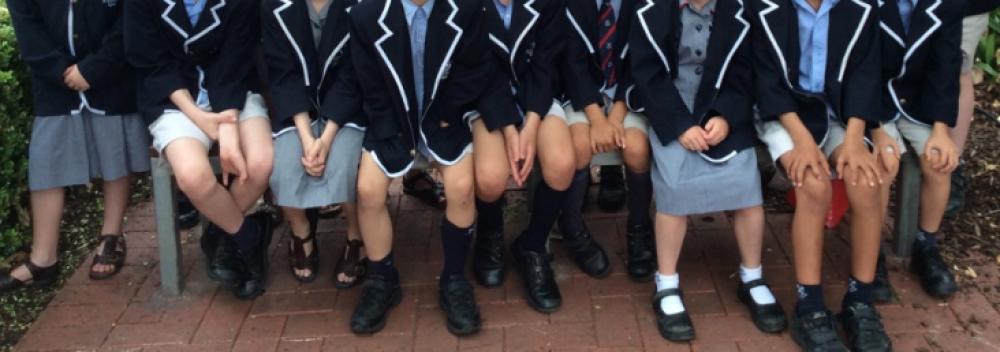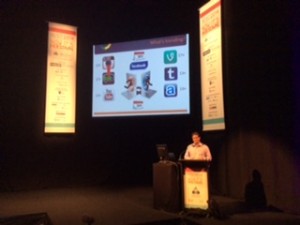In class today, Mr Huebl gave the students the following instructions:
Please select your poem and compose a blog post on it. This post will need:
1. A copy of your poem, including author, date of writing and source
2. An explanation of what the poem is about, in your opinion.
Please submit the URL in the ‘my poem’ assignment on Edmodo.
I chose to partake in this lesson and have found a poem and will submit this assignment.
My Poem:
I Love You
by Jean: http://www.teachers.net/gazette/MAY03/poem.html
A child grabs my hand in “ownership.”
“Teacher,” he calls me. “Miss ______.”
I call the roll and, instead of his name,
he answers this, “I love you.”
What do I say while the others laugh?
I’m choked with emotion; words fail me.
I have to do something, I know in my heart,
But the words are so sweet, so lovely.
An “angel” is heckled for loving.
I have to reprove him – I do,
Just to set an example
So the others won’t act up, too.
But the words don’t stop with the laughter,
And the “angel” is not quite through.
When the other kids giggle, “He loves her,”
He stands up and cries, “But I do!”
And my heart sort of pulls at my chest now
As I call the names left on the list.
But my heart is waiting to hear once more
The words that I already miss…”I love you.”
My interpretation of this poem:
The writer is a teacher. The angel is one of her students. The student/ angel is a boy and he says he loves his teacher during roll call. Obviously this teacher has made an impact on this child. I have made the assumption that this is a young boy, a child in primary school. The other children laugh at him, obviously not many students announce their love for their teachers. This makes me wonder how old the children are, and if the boy is different in some way? Is this boy craving love from his teacher because he doesn’t get love at home? Or is this boy in a family who openly expresses their feelings and love for one another, that this appears to be a normal behaviour?
Is this boy different from his peers? Yes. How and why? We do not know.
The teacher appreciated this boy and his kind words but fears that his actions and words will isolate him. Yet she craves the words all the same. Teachers can love their students and students can love their teachers, but it is not something that is usually expressed for fear of judgement, limitations of standards of professionalism, keeping safe distances and boundaries within the classroom, defining an appropriate teacher/ student relationship etc etc.
A lovely poem all the same.
An experience I can relate to.



![photo[1]](https://jadevidovich.edublogs.org/files/2014/10/photo1-1ik4obm-300x225.jpg)
![photo[2]](https://jadevidovich.edublogs.org/files/2014/10/photo2-2jutd9u-300x256.jpg)